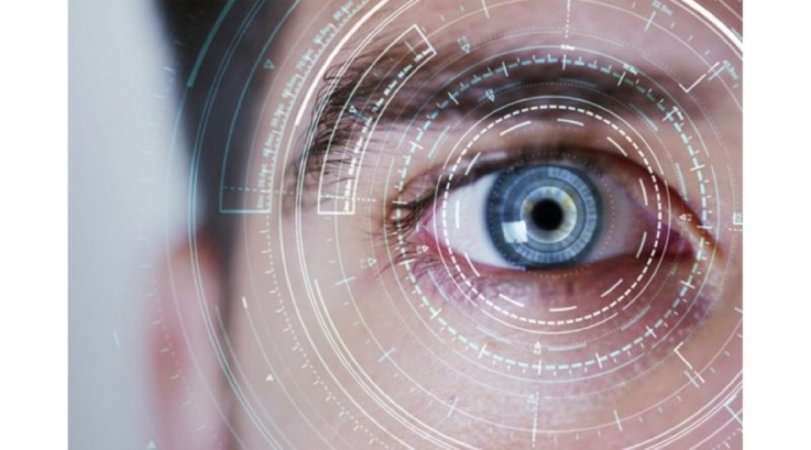
Refractometry is an ophthalmological examination method used to measure the refractive (refraction) properties of the eye. This procedure helps to determine how the eye refracts light and whether there are vision problems (myopia, hypermetropia, astigmatism). Refractometry is essential for writing the correct eyeglass or contact lens prescription.
Refractometry examination
Types of refractometry:
Objective refractometry:
Autorefractometry: It is performed using automatic devices. A light beam is sent to the eye and how the eye refracts this beam is measured.
Retinoscopy: Using an instrument called a retinoscope, the doctor sends a beam of light into the eye and observes how the beam is reflected by the fundus.
Subjective refractometry:
In this method, the doctor changes different lenses through a special device (phoropter) and asks the patient which lens he sees better. In this way, the optimal lens according to the patient's visual acuity is determined.
The course of the refractometry examination:
Preparation:
No special preparation is required. Eye drops can be used during the examination.
The eye doctor can make some recommendations to keep your eyes comfortable and ready for the examination.
Examination:
During autorefractometry, you sit in front of the device and look inside the device. The device performs measurements automatically.
During retinoscopy, the doctor observes the reflexes of your eyes through a retinoscope and makes the necessary measurements.
During subjective refractometry, the doctor changes different lenses through the phoropter and asks you to tell which lens you see better with.
Analysis:
Based on the collected data, the eye doctor determines the refractive errors of your eyes and prescribes the correct glasses or contact lenses.
Analysis of refractometry results:
Spherical (Sph): Indicates whether the eye is myopic (minus) or hyperopic (plus).
Cylindrical (Cyl): Indicates the degree of astigmatism.
Axis (Axis): Shows which axis the astigmatism is on.
Add: Indicates the degree of additional power required for presbyopia (for bifocal or multifocal lenses).
The importance of refractometry
Refractometry is very important for accurate diagnosis and treatment of vision problems. This examination is essential for prescribing the correct glasses or contact lenses and should be performed regularly to improve visual acuity. Refractometry is one of the main examination methods for maintaining eye health and detecting potential vision problems at an early stage.